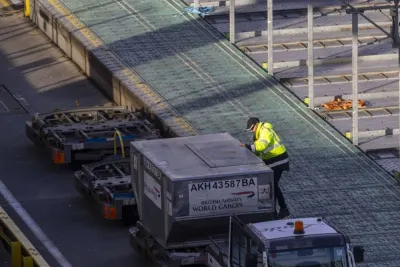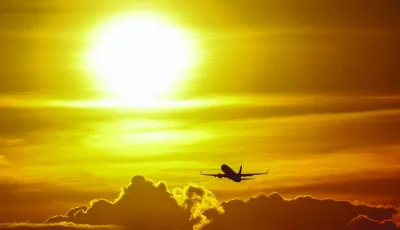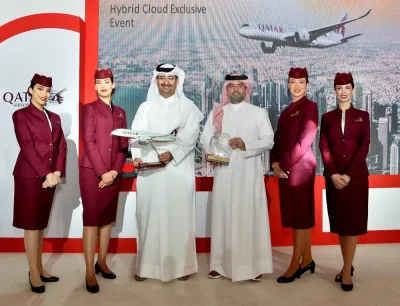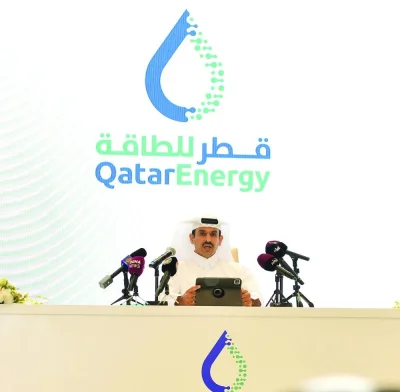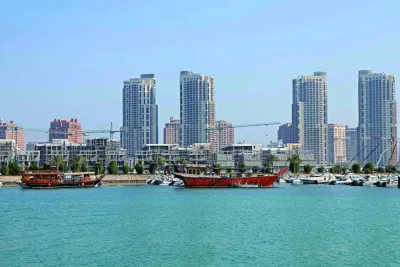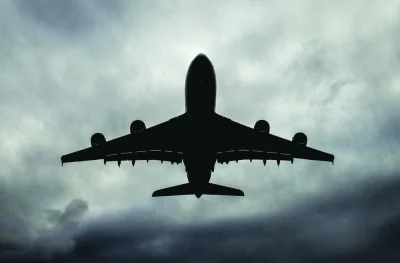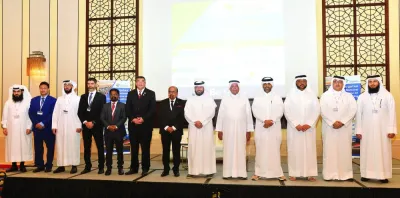The nine African member countries of Doha-headquartered Gas Exporting Countries Forum account for 245bn cubic metres of annual gas production, which constitutes 94% of the continent’s total, according to GECF secretary-general Dr Mohamed Hamel.He was addressing the Africa Group of Ambassadors Meeting in Doha.Hamel said African countries played an important role in the global energy landscape, and indeed, in the affairs of the GECF.“Since taking office, we have been privileged to welcome three new African countries to the forum – Mozambique, Mauritania, and Senegal.“I wish to reiterate our sincere congratulations for Mauritania, Mozambique and Senegal, and convey our best wishes for peace and prosperity and all the success in the development of their natural gas resources.”He said, “We now proudly count nine distinguished countries from the African continent among our family, representing nearly half of our membership.”Collectively, these nine countries hold over 15tn cubic metres of proven gas reserves, accounting for an impressive 94% of Africa's gas reserves. Furthermore, these countries contribute 245bn cubic metres of annual gas production, which constitutes 94% of the continent’s total gas production.Hamel noted Africa already plays a considerable role in global gas trade, as a major supplier of both pipeline gas and LNG. The pipeline network from North Africa serves as a crucial supply route for the European market, while the region’s LNG exporting capacity significantly contributes to the global LNG trade.Moreover, Africa’s gas production is to become one of the main drivers of incremental global natural gas supply in the medium to long term.Conversely, Africa’s primary energy consumption remains at a relatively low level. Natural gas is the leading source of electricity generation on the continent, contributing 40% to the total power mix. Biofuels and waste dominate the final energy consumption, accounting for 52%, while natural gas represents only 8%.Given the vast natural gas reserves in Africa, he said there is “undoubtedly great potential for growth” in natural gas consumption, which could help alleviate energy poverty and foster social and economic development across the continent.He said the GECF stands firmly beside its African partners in addressing these challenges. The forum presents a distinct opportunity for collaboration among member countries across various segments of the gas markets.It serves as a platform for exchanging expertise, best practices and technologies, harnessing collective experience to drive sustainable development. Developing dialogue with Africa’s consuming countries is also one of our strategic objectives, Hamel added.

Pratap John
Pratap John is Business Editor at Gulf Times. He has mainstream media experience of nearly 30 years in specialties such as energy, business & finance, banking, telecom and aviation, and covered many major events across the globe.
Most Read Stories



